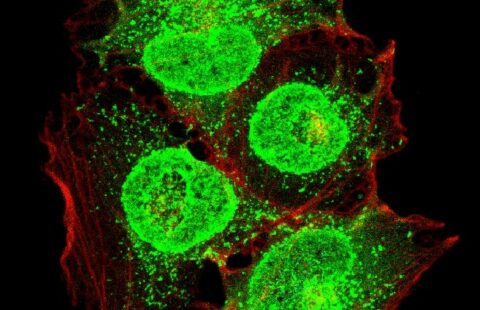The risk of transmission of HIV and of hepatitis C virus in intravenous drug users can be reduced significantly by means of support and educational sessions delivered by their peers.
This type of community intervention, which is easily transposable, has been evaluated in the framework of ANRS AERLI, a study conducted jointly by the nonprofit organizations AIDES, Médecins du Monde and by Inserm U912 (Marseille). The results were presented in an oral communication at the 20th International AIDS Conference organized by the International Aids Society and held in Melbourne (Australia) from 20 to 25 July 2014.
Reduction of the risk of HIV and hepatitis C virus infection in intravenous drug users is a public health priority. The ANRS AERLI study on support and education sessions on the risks associated with injecting drugs has assessed an innovative intervention: offer intravenous drug users individual guidance on safe injection practices. Given by trained peers using a standardized protocol, these sessions were based on an educational intervention tailored to each drug user’s practices and questions.
In all, 288 sessions were conducted among 113 drug users recruited in 8 centers specialized in offering help in risk reduction for drug users (CAARUD). A control group of 127 drug users, comparable in terms of drug injection history, age and sex, was set up in 9 other centers. All participants were questioned, at inclusion and again 6 and 12 months later, on injection behaviors involving a risk of transmission of hepatitis C virus and of complications at the injection site.
Data analysis revealed a significant benefit of the educational intervention. In the “Intervention” group, there was:
– a 43% decrease in injection practices involving a risk of transmission of hepatitis C virus (44% of drug users reported at least one unsafe practice before the intervention versus 25% 6 months later);
– a 41% decrease in complications at the injection site (66% of drug users reported complications before the intervention versus 39% 12 months later).
“In comparison with the control group, we observed a major effect of peer-to-peer education on practices that run the risk of infection transmission,” commented Patrizia Carrieri (Inserm U912). “This is all the more valuable as a large proportion of these drug users remain on the margins of the health care system.”
This type of intervention has two other advantages: it is inexpensive and is easily implemented in centers for drug users.
“This trial also demonstrates the relevance of community health care interventions, including in research, because the intervention model tested here derives directly from the peer support practices used by nonprofit organizations like AIDES and Médecins du Monde” emphasize Jean-Marie Le Gall, AIDES and Marie Debrus, Médecins du Monde.
“Given the observed benefits, said Professor Jean-François Delfraissy, ANRS (France REcherche Nord&sud Sida-hiv Hépatites) Director, it is now conceivable to set up the community intervention on a larger scale, thus enhancing risk reduction among drug users.
This type of intervention could also be very useful in countries where the drug user population is large and greatly exposed to the risk of infection by HIV and hepatitis C.”
These contents could be interesting :

